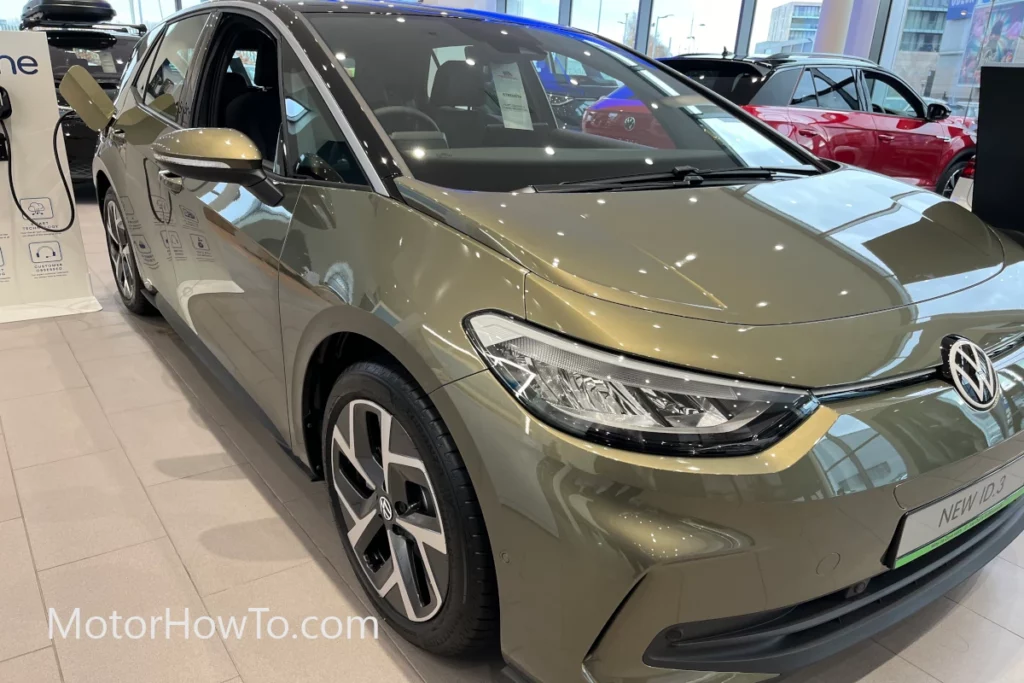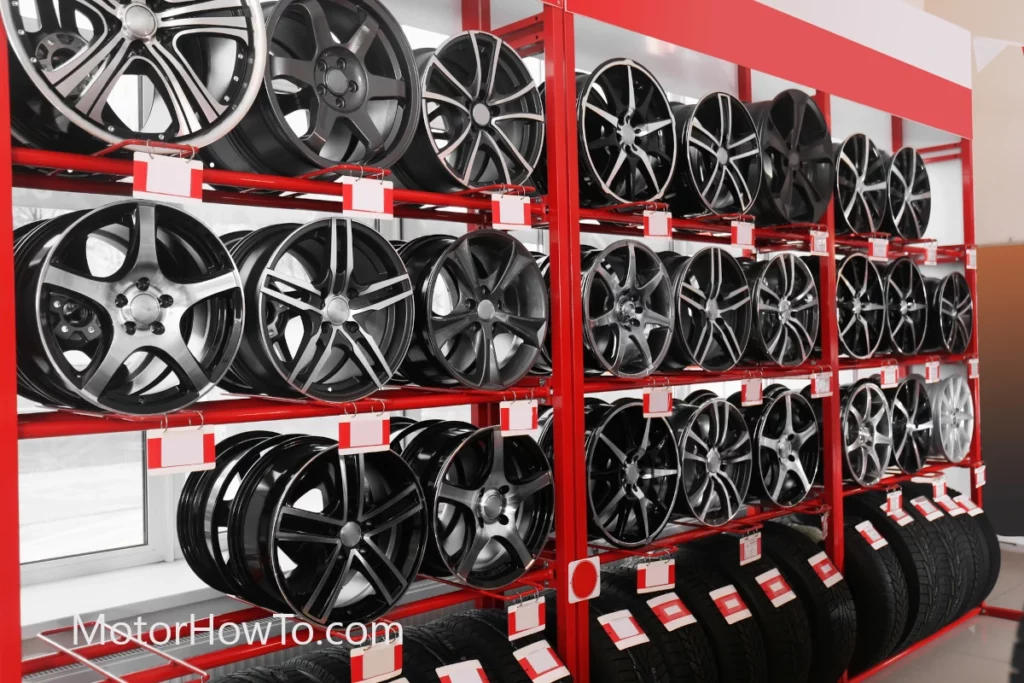The auto climate control system has become a widely used and most advanced form of car air conditioning.
Currently, most drivers are adapting to its use as vital equipment to control the inside temperatures of cars and offer an individual feel-good climate.
However, most drivers don’t know if the auto climate control uses more fuel to perform its functions when switched on.
That’s why this article will help you know if the auto climate control uses more fuel and more batteries in EVs, the best setting you can give your auto climate control, and so much more.
So, read on to discover more.
Does Auto Climate Control Use More Fuel When Switched On?
Yes, the auto climate control uses more fuel when switched on. Your fuel consumption increases by 20% because of an extra load on the engine. However, the increase in fuel usually depends on several factors, such as the vehicle’s outdoor temperatures, interior size, humidity, and the amount of sun.
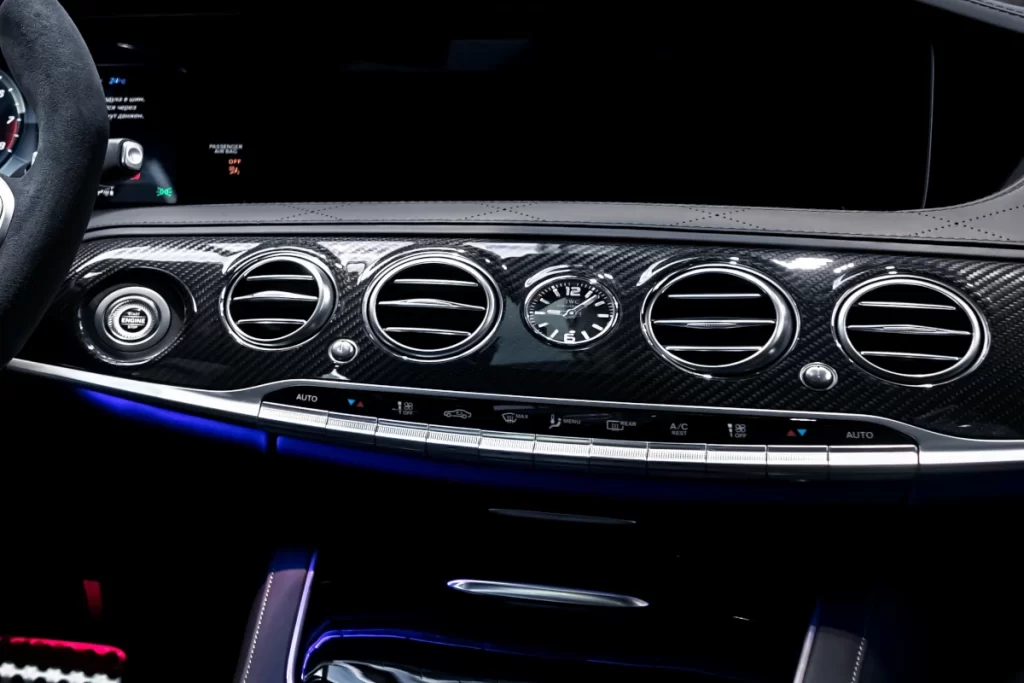
Traveling at higher speeds and long distances, you tend to use more fuel, especially if you have switched on your A/C control.
Since you can’t open your car windows when driving fast, using auto climate control is beneficial to help you regulate temperatures. However, you will consume more fuel.
On the other hand, during hot conditions, the auto climate control system can reduce your car fuel consumption by 25% if you are going for shorter trips. During warm weather, fuel consumption can be less in hybrids, electric vehicles, and plug-in hybrids.
In winter, most vehicles utilize heat from the engine to produce warmth in cabin air. Some drivers usually use defrost settings to make the A/C system more engaged automatically to save their windows from fogging. Currently, manufacturers are developing more advanced A/C technologies like electric A/C systems to help solve fuel problems.
Wondering how you can use less fuel with your automatic climate control system?
Well, kindly observe the following:
1. Press the Recirculation Button
Make use of the “re-circulating” button of the A/C control system.
Using it guarantees less fuel consumption because you are cooling specifically the inside air of your car and not fetching warmer air from the outside.
2. Allow the Air to Flow
Permit the air to flow- through ventilation while on a highway.
Also, open your sunroof and windows when driving slowly in the streets.
3. Turn the A/C Climate Off
Assess if you need the A/C control for cooling purposes.
You can adjust the thermostat settings and strive for a more comfortable and not cold temperature.
4. Turn the Auto Climate Control off After Defrosting the Windows
Current vehicles have the defrost setting.
You can use this setting to automatically utilize your vehicle’s A/C system. This will help keep your windows from fogging.
So, if your car has this setting, turn it off when the windows are clear and regulate the heater settings.
5. Inspect the AC Filter
Dirty and worn-out filters may cause malfunctioning in your A/C control system.
As the name suggests, they filter out dust and other foreign materials from getting into the system.
However, they may clog up, requiring you to replace them.
If you don’t replace the worn-out filters, they will make your car A/C control work harder to give out air, increasing fuel consumption and contributing to a reduced cooling experience.
6. Service Your Car
Like any other machine, they function at their best when you maintain them properly.
To keep your A/C control safe and fuel economical, have your car inspected and serviced regularly by professionals.
Since auto climate control systems mostly work during summer, it’s appropriate to service your car before the season to take advantage of short waiting times and reduced pricing.
7. Keep Your AC Condenser Clean
You can find the A/C condenser just in front of the car, behind the grill.
It’s function is to re-cool the A/C refrigerant by cutting off excess heat from passing through the airflow.
If it is clogged, clean it to function at its best.
8. Locate a Small Shed
Your car will only require less cooling from the A/C if you can park it under a shade for some time.
By doing this, you will use less cooling from the A/C at the start.
If locating a shade is a problem, you can use window shades to control the quantity of heat when you have parked your car.
Related:
- What Is Dual Climate Control In A Car? (Explained For Beginners)
- What Does Car A/C Button Do When Heater Is On? (Explained)
- Can I Install Climate Control In My Car? (Read This First)
Does Auto Climate Control Use More Batteries in EVs?
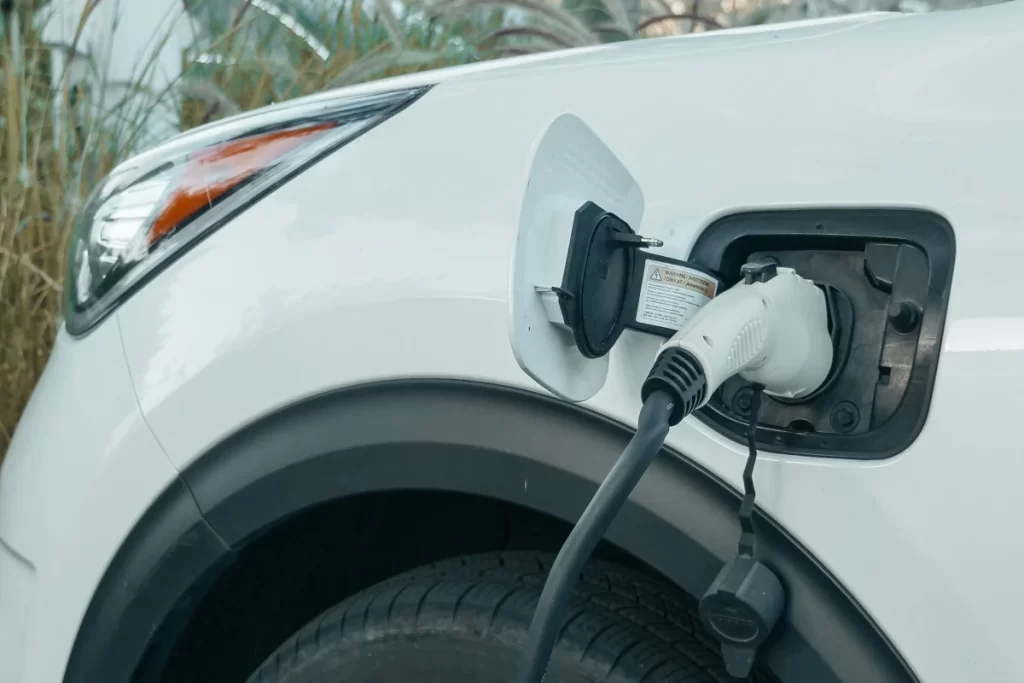
Yes, it does. Auto climate control uses more batteries in electric vehicles by about 11% faster than when you don’t use it. To solve this problem, most EVs are usually pre-air conditioned while charging to reduce the need for the A/C to have full power during driving.
However, other factors may contribute to how the A/C control system can affect the usage of batteries, including the car’s model, temperatures outside, humidity, and so much more.
The auto climate control system is quite a deal in EVs since every amount of energy you use drastically impacts the battery range.
You can compare electric vehicle batteries with human beings in a manner that they function the best in an equal temperature range.
Cold temperatures usually reduce the chemical reactions in the battery cells, lowering the driving range and increasing charging times.
On the other hand, heat makes the amount of charging decrease.
So, using auto climate control during warm summer lowers battery usage since you are under moderate temperatures.
What is the Best Setting for my Climate Control for Optimum Fuel efficiency?
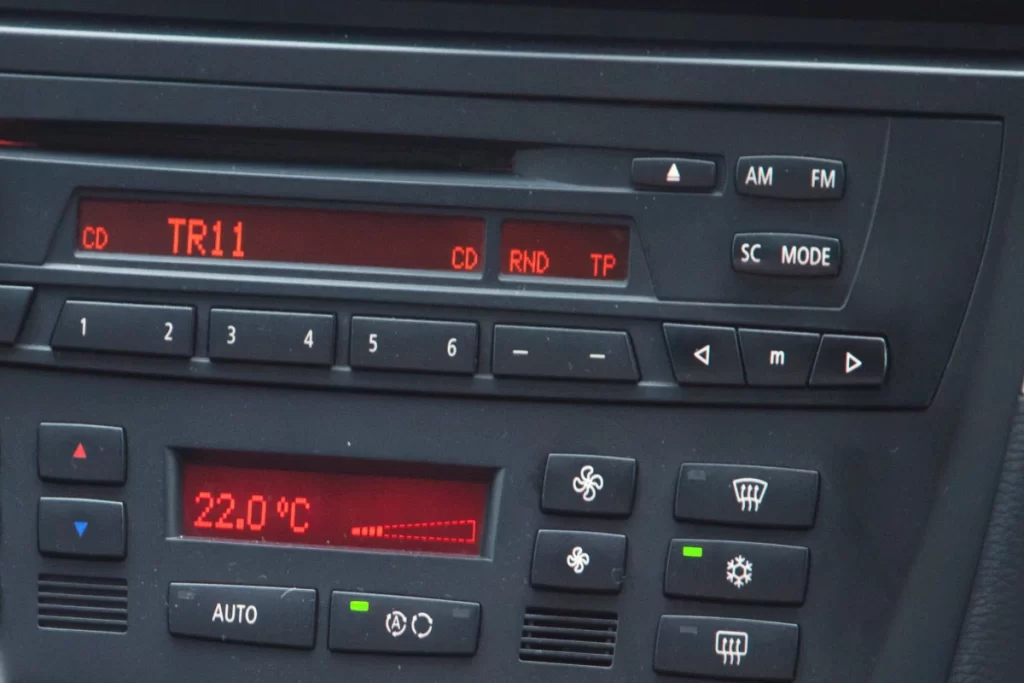
The best setting is the “recirculation button” on your A/C system. It is a button in your car’s A/C system circularly showing arrows. The air-recirculation button usually prevents the outside air from reaching inside, allowing your A/C to regulate only the inside air. This, in turn, enables the A/C system to minimize fuel wastage.
The air-recirculation button also ensures your car gets cold as quickly as possible when the heat is severe.
It also prevents bad smells, pollen, and pollution from entering the cabin.
When you put the recirculation button on, your AC system doesn’t strain much.
In some recently manufactured cars, you may not find the air recirculation button.
Most of them are usually equipped with sensors that oversee the moisture levels and cabin air, automatically regulating the “air circulation.”
You can use the air-recirculation button when:
- Using AC
- In hot weather and summer
- In heavy traffic to curb pollution
If you don’t turn on the button, your A/C will be cooling warm air from outside, making it work harder, and putting pressure on the air compressor and blower.
It will then make the A/C use a lot of fuel you are trying to manage. Your A/C compressor will also suffer from undue wear and tear.
Note: Please don’t use air recirculation during winter and cold weather. As a common rule, ensure you turn off the recirculation button during cold seasons. The air-recirculation button performs well when you use it with the A/C control climate during warm weather. It doesn’t have many benefits in cold weather and can even be detrimental.
The only shortcoming that the air-recirculation button has is it can trap humidity inside your car, leading to misted windscreens, especially during wet weather.
That’s why switching off the A/C control during winter or colder seasons is advisable.
Does the Auto Climate Control System Negatively Affect Other Car Parts?
Not really, but if it works with a lot of pressure it may cause wear and tear to the blower and air compressor. Another negative effect is generally worse fuel economy. It increases your fuel usage by 20%, so using it for long distances may be costly.
Since we have looked at negative effects, it will be fair if you also get to know the benefits of the A/C control system, and they include:
- It is More Convenient. The A/C control system doesn’t need manual adjustment regularly. It will stand at the same temperature you have set regardless of the outside temperature.
- Its ability to regulate the amount of temperature in the car is outstanding. The system only needs a few minutes, and you will enjoy the cool air.
- You will enjoy the fresh air since it has an air purifier.
- Enhances Safety on the Road. You can curb drowsiness from warm or hot car conditions. An A/C control system provides clean and fresher air to keep you alert.
Conclusion
It doesn’t matter the temperature outside, if you use the auto climate control system well, your car will have fresh and cool air conditioning for you.
Always be a knowledgeable buyer when you are on a search for a car with an A/C system. Look out for models with smart controls to help reduce fuel consumption.
Additionally, always use the air recirculation button, which boosts your A/C performance and assists it in bringing cold and fresh air as quickly as possible. Also, the recirculation button will help you reduce fuel wastage.
Sources
The Benefits of Climate Control Systems
The Pros and Cons of Car Air Conditioning in Your Car
What is An Automatic Climate Control?
How to Improve Your Car’s AC Performance-9 Tips

